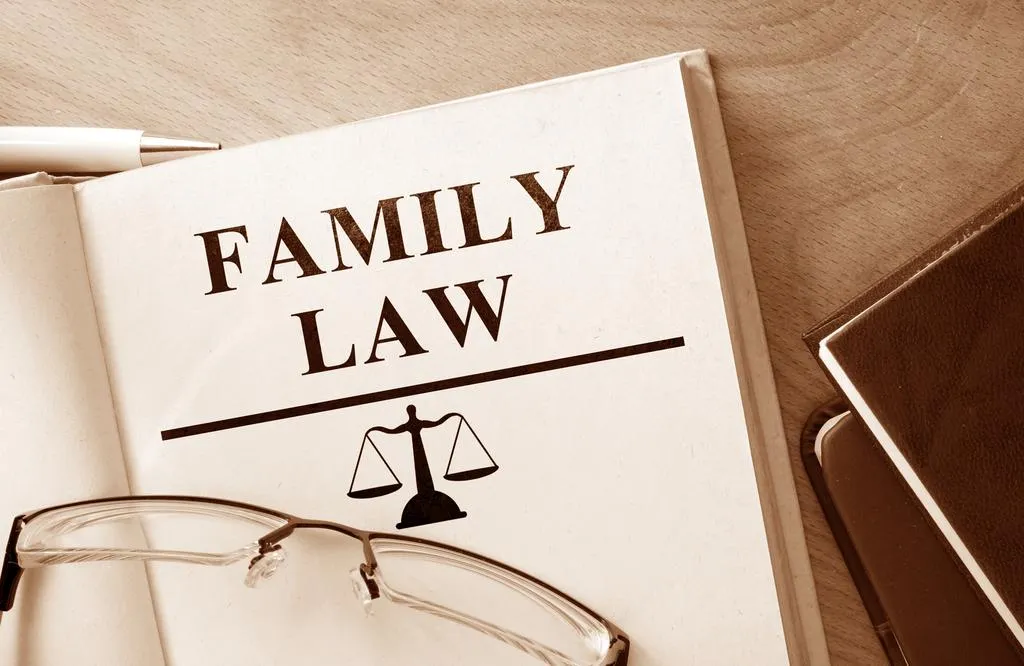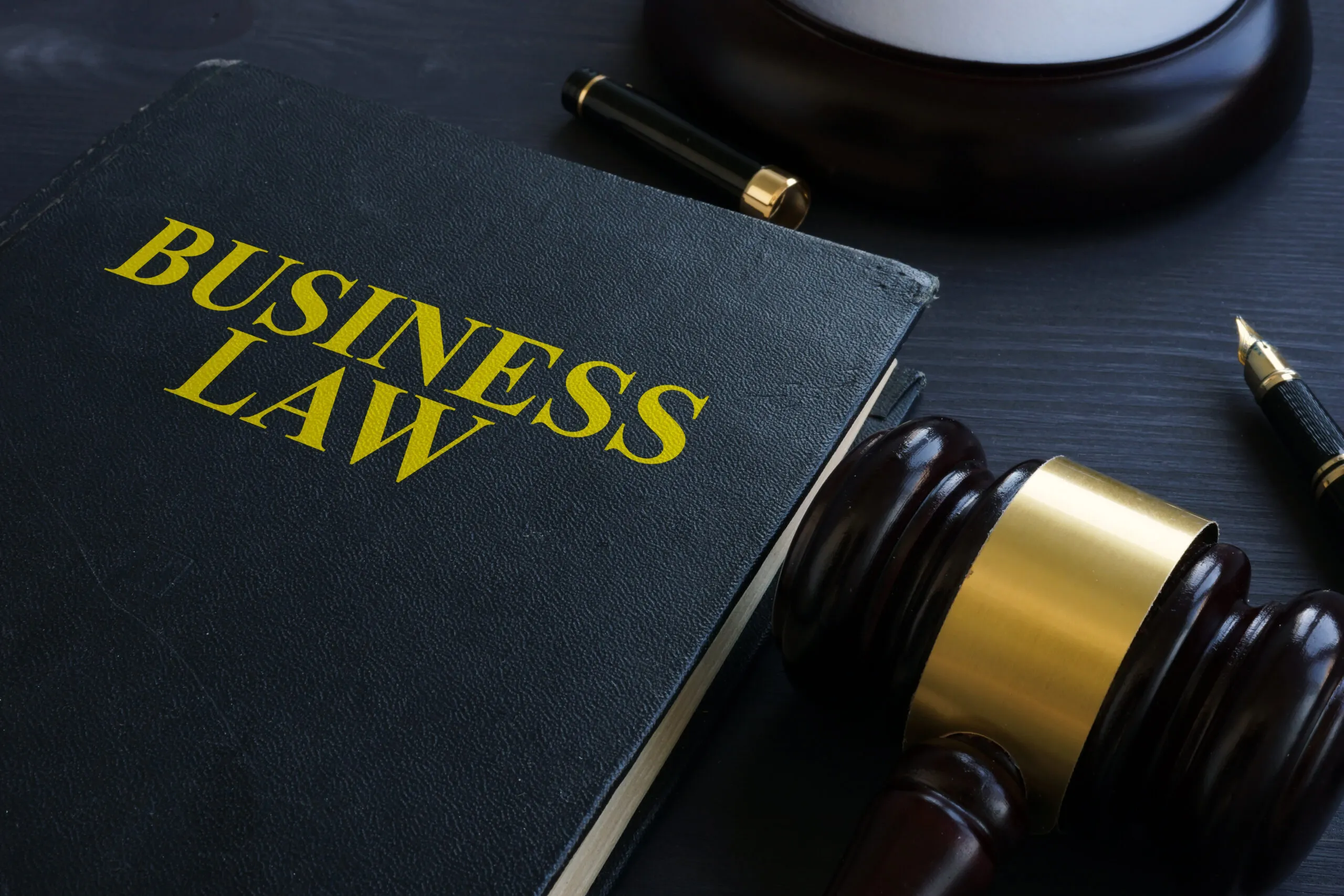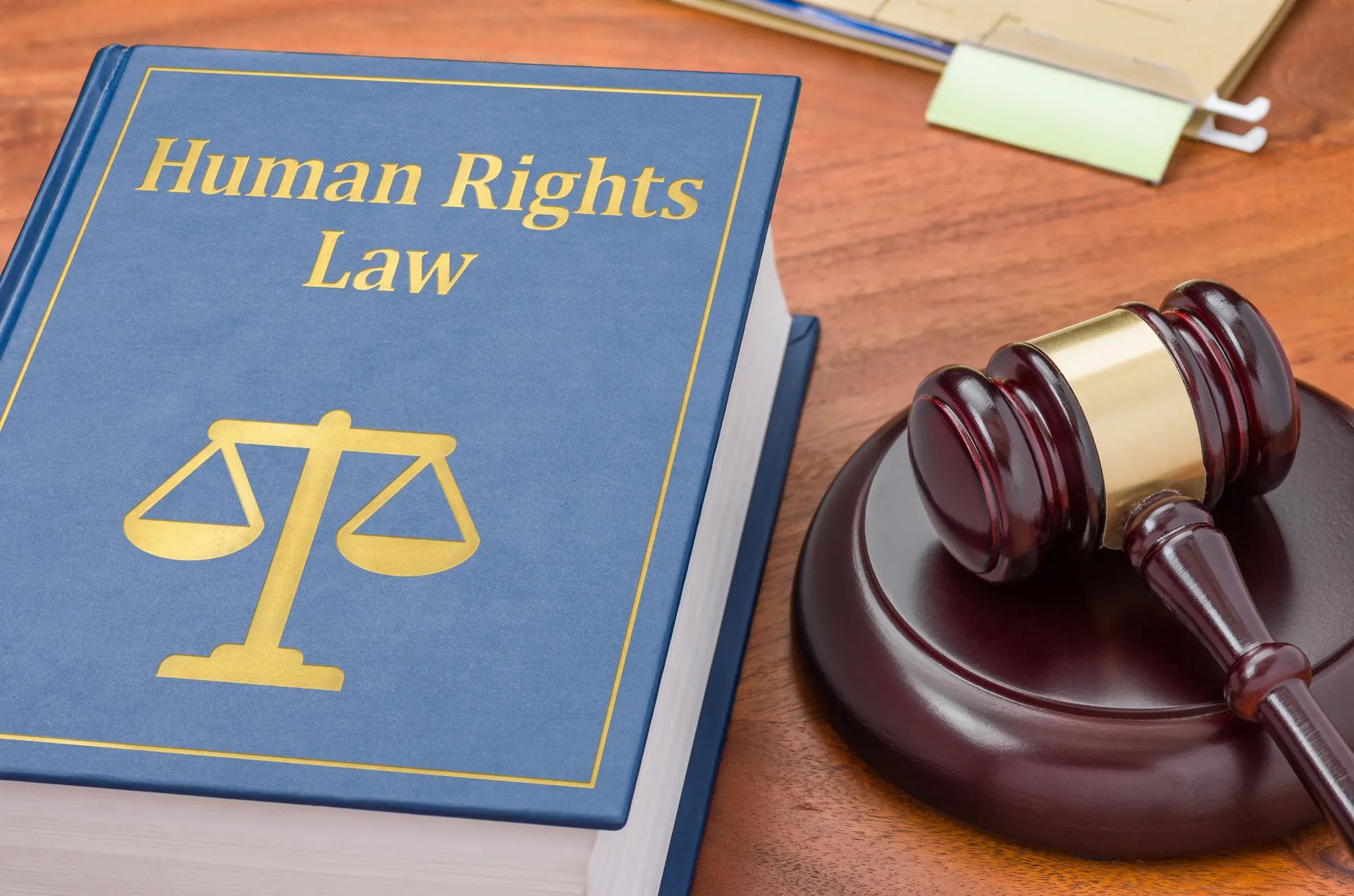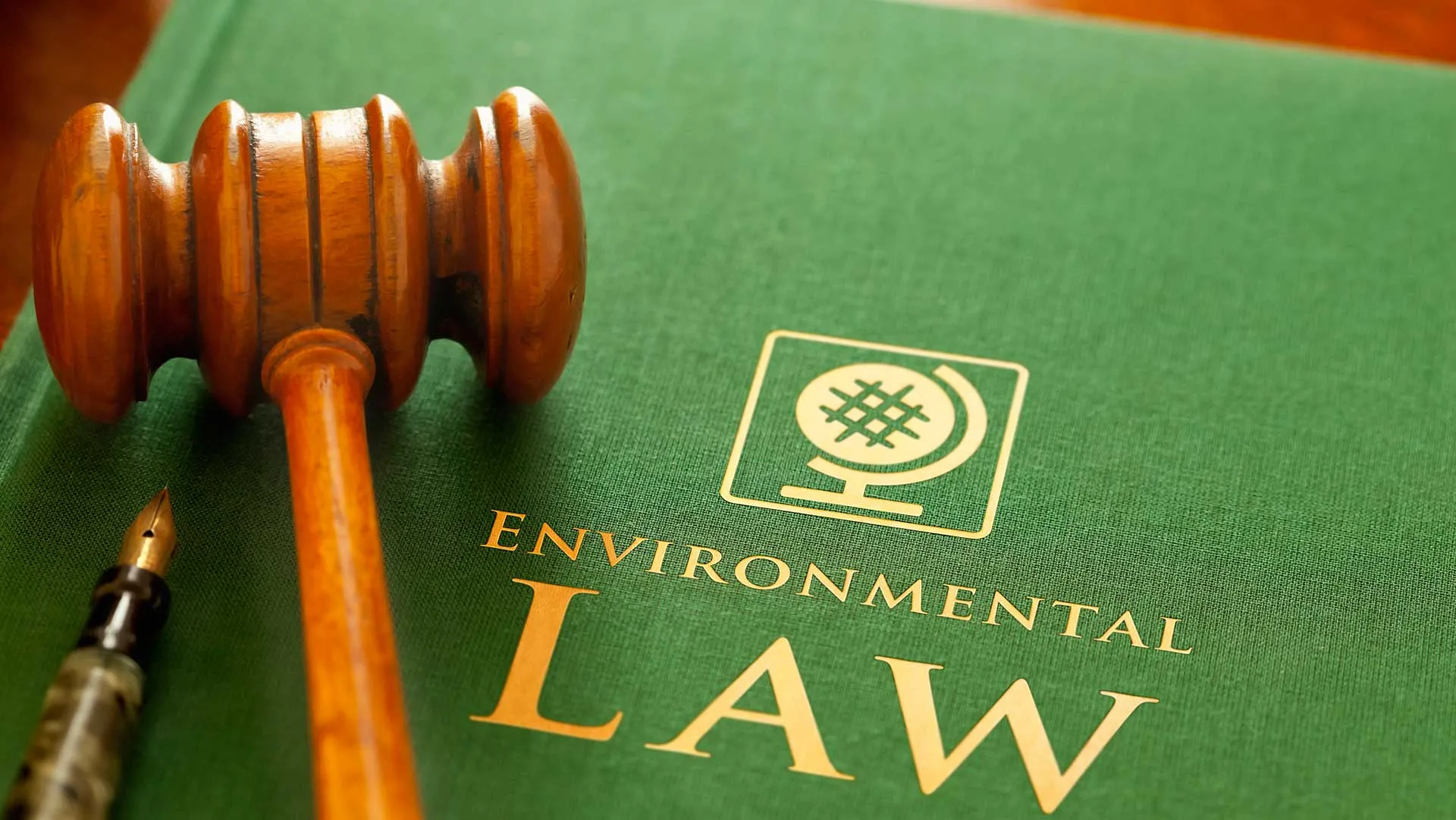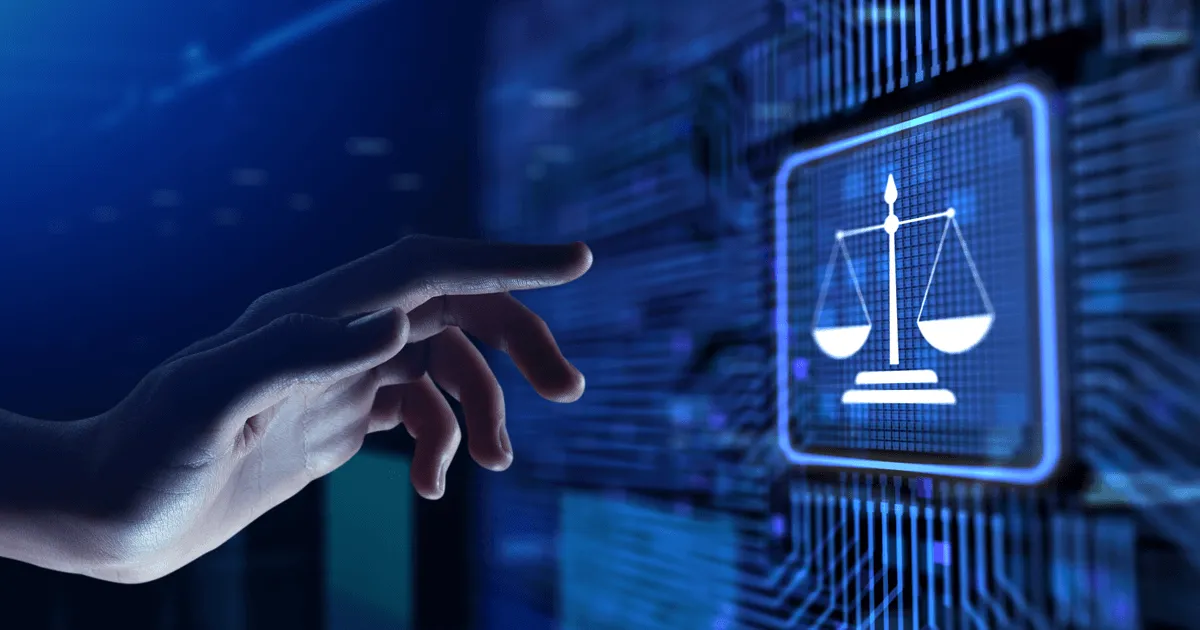Human Rights Law: Protecting Freedom, Equality, and Justice for All
Introduction
Every person, regardless of nationality, race, gender, or belief, deserves dignity, safety, and freedom. This universal truth forms the foundation of human rights law — a branch of law that ensures all individuals enjoy equal protection and opportunity under the law.
From the atrocities of World War II to the digital challenges of the 21st century, human rights law has evolved into a global framework defending the rights of humanity. It represents not only moral principles but also legally binding commitments to protect people from oppression, discrimination, and injustice.
1. The Origins of Human Rights Law
The Birth of a Global Idea
The modern concept of human rights law emerged after World War II, in response to mass atrocities and genocides that shocked the conscience of the world. In 1948, the Universal Declaration of Human Rights (UDHR) was adopted by the United Nations, marking the first time global standards for human dignity were codified.
Ancient Roots of Human Rights
Though modern in name, the idea of human rights traces back thousands of years — from the Code of Hammurabi in Babylon to the Magna Carta in England. These early documents established principles like fairness, due process, and limitations on authority — the seeds of modern law protecting human freedom.
The Post-War Revolution
After 1945, the horrors of fascism and genocide inspired nations to create new international mechanisms. The Nuremberg Trials set historic precedents by holding individuals accountable for crimes against humanity — a cornerstone of human rights law today.
2. Defining Human Rights Law
What Is Human Rights Law?
Human rights law is the body of law that protects the basic rights and freedoms of individuals. These rights are considered universal, inalienable, and inherent — they belong to everyone by virtue of being human.
Key Principles of Human Rights Law
- Universality – Human rights apply to all people everywhere.
- Equality – Everyone is equal before the law and deserves the same protection.
- Accountability – Governments must be held responsible for violations.
- Indivisibility – Political, social, and economic rights are interconnected.
Sources of Human Rights Law
The main sources include:
- The Universal Declaration of Human Rights (UDHR)
- The International Covenant on Civil and Political Rights (ICCPR)
- The International Covenant on Economic, Social and Cultural Rights (ICESCR)
Together, these form what is known as the International Bill of Human Rights.
3. Categories of Human Rights
Civil and Political Rights
These rights protect individuals from abuse by the state and guarantee freedoms such as speech, religion, and assembly. Examples include:
- Right to life
- Freedom of expression
- Right to fair trial
- Freedom from torture
Economic, Social, and Cultural Rights
These rights ensure access to education, healthcare, and an adequate standard of living. They reflect equality in opportunity and welfare.
Collective or Solidarity Rights
Modern human rights law also recognizes the rights of groups — such as indigenous peoples and minorities — to preserve their culture and autonomy.
4. The United Nations and Human Rights
Role of the UN
The United Nations is the principal global institution for promoting and enforcing human rights law. Its agencies monitor compliance, investigate violations, and support victims worldwide.
Key UN Bodies
- Human Rights Council – reviews countries’ human rights records.
- Office of the High Commissioner for Human Rights (OHCHR) – coordinates international efforts and advocacy.
- UN Special Rapporteurs – independent experts who investigate specific issues like freedom of speech or gender equality.
International Cooperation
Through treaties, resolutions, and conventions, the UN has created a unified legal framework that promotes justice beyond national borders.
5. Regional Human Rights Systems
Europe
The European Court of Human Rights (ECHR) enforces the European Convention on Human Rights, ensuring individuals can challenge governments directly for rights violations.
The Americas
The Inter-American Court of Human Rights and Inter-American Commission on Human Rights protect freedom and democracy across Latin America.
Africa
The African Charter on Human and Peoples’ Rights promotes both individual and collective rights, emphasizing community and cultural identity.
Asia and the Middle East
Though still developing, regional dialogues and legal networks are growing, aiming to establish stronger human rights law systems in these regions.
6. Human Rights Law in Domestic Systems
Incorporation into National Law
Many countries have integrated human rights law into their constitutions. For example:
- The Bill of Rights in the U.S.
- The Human Rights Act (1998) in the UK
- The Constitution of South Africa, known for its strong equality provisions
Courts and Enforcement
National courts interpret human rights law when resolving cases involving discrimination, police abuse, or violations of freedom.
Challenges in Enforcement
Despite strong legal frameworks, implementation often faces political resistance, corruption, or lack of resources — major barriers to justice.
7. Key Issues in Modern Human Rights Law
Gender Equality
Human rights law promotes equality between men and women in education, work, and politics. It also addresses violence against women and reproductive rights.
Freedom of Speech and Press
A cornerstone of democracy, law protects journalists and citizens who criticize governments — though censorship and digital surveillance remain major concerns.
Refugee and Migration Rights
Global displacement crises have forced law to adapt. Treaties like the 1951 Refugee Convention guarantee protection for people fleeing war or persecution.
Technology and Privacy
In the digital age, data privacy, artificial intelligence, and surveillance raise new questions for human rights law — especially concerning personal autonomy and consent.
8. Enforcement and Accountability
International Criminal Court (ICC)
The ICC prosecutes individuals for crimes against humanity, war crimes, and genocide. It reinforces the principle that no one — not even heads of state — is above the law.
Universal Jurisdiction
Some countries can prosecute human rights crimes even if they occurred abroad, ensuring justice when local courts fail.
NGOs and Civil Society
Organizations like Amnesty International and Human Rights Watch play vital roles in exposing abuses and advocating for victims.
9. Human Rights Challenges in the 21st Century
Authoritarianism and Repression
Rising authoritarian governments threaten global human rights progress, using law to justify censorship or mass surveillance.
Climate Justice
Environmental rights are now recognized as human rights. People displaced by climate change or environmental destruction deserve legal protection.
Technology and Artificial Intelligence
New technologies create both opportunities and risks — from digital freedom to AI bias. Human rights law must evolve to address these frontiers.
Conflict and War
Ongoing wars and terrorism continue to violate basic human rights, demanding stronger international mechanisms and humanitarian law.
10. The Future of Human Rights Law
Expanding the Scope of Rights
Future human rights law will likely include digital rights, data ownership, and environmental protection as fundamental principles.
Education and Awareness
Global education is crucial to ensure people understand their rights and how to defend them. Law is only effective when citizens are empowered to use it.
Cooperation Over Division
The path forward requires unity. Governments, NGOs, and citizens must collaborate to build a more just and equal world — where human rights law is not just written but truly lived.
Conclusion
Human rights law is more than a legal system — it is the moral backbone of civilization. It transforms compassion into law, and justice into action. From freedom of speech to gender equality, it gives voice to the voiceless and strength to the oppressed.
The future of humanity depends on how well we defend these universal rights. In a world facing war, inequality, and digital surveillance, human rights law reminds us that justice, freedom, and equality are not privileges — they are promises we must keep for all.

